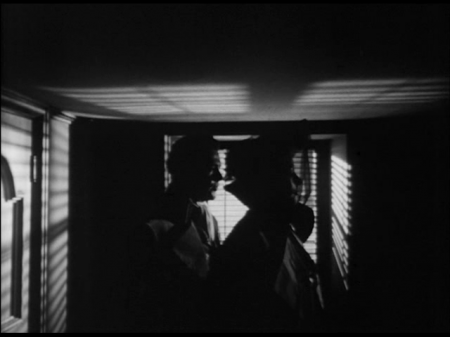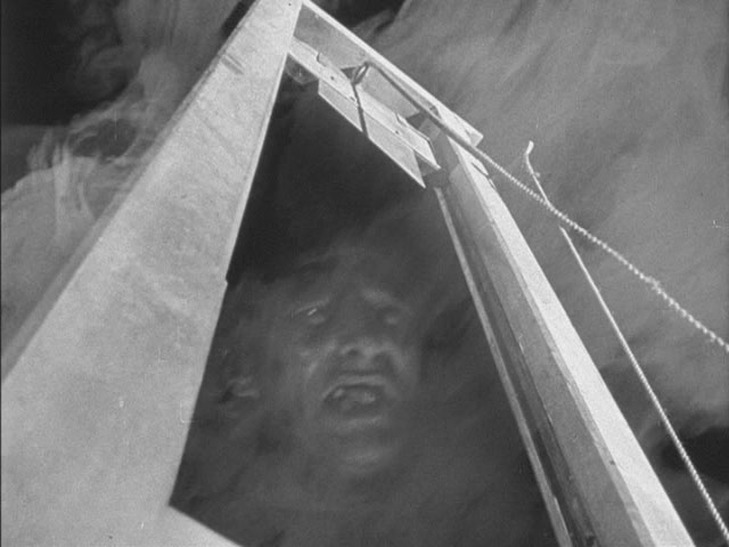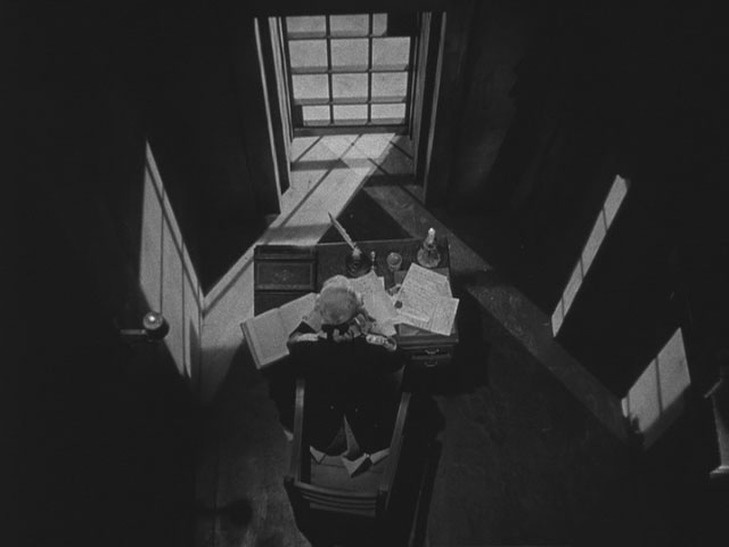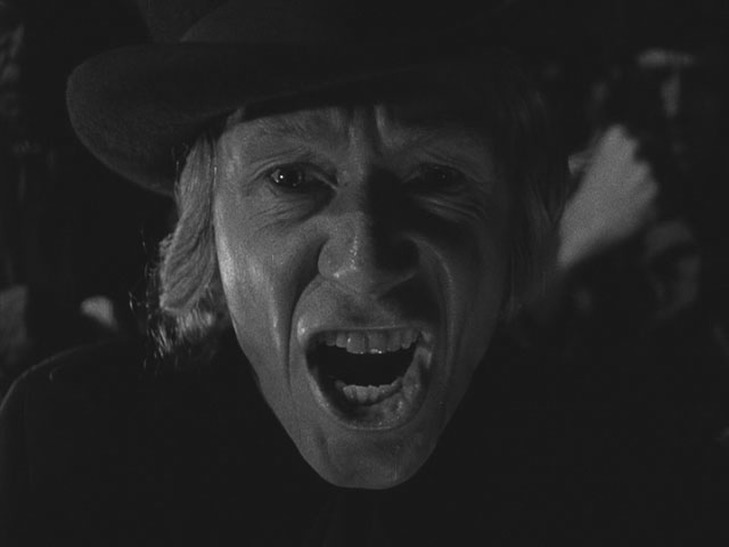 Also known by the title, The Black Book, Reign of Terror is an audacious effort by director Anthony Mann, which sees the filmmaker turning his attention to the French Revolution. Bringing his noir sensibilities to the story of Robespierre, the Revolutionary leader who notoriously plunged France into a form of barbarianism with his nearly nightly executions, Reign of Terror is centered around Charles D'aubigny, a man who has been engaged by a group of political moderates who are intent on overthrowing Robespierre. You see, Robespierre's desire to is to be the new dictator of France, but this group of moderates believe the discovery of a little black book is the key to overthrowing this power-hungry man. The book contains a death list of those marked by Robespierre for the guillotine, people who he believes stand in his way of emerging as the country's dictator, and the mere public acknowledgement of such a book would without question leave Robespierre in political ruin and most likely death. Anthony Mann's The Black Book is a gritty, low-budget film told with an impressive amount of vitality from start to finish, with Mann creating an experience full of tension, intrigue, and darkness. The film plays very much like a detective story for much of its running time, with Charles D'aubigny being a character pulled between the two sides of the political conflict, unable to decipher who can be trusted in this time of deep-seeded political unrest. The whole film for that matter has this great sense of unrest, mystery, and instability, with Mann drenching nearly every scene in dark shadows and impressionistic lighting that perfectly create a sense of tension and uncertainty, even delivering a voyeuristic quality. Apparently Reign of Terror was a very cheap production but Mann seems to use it to his advantage, with the overuse of shadows conveying a sense of darkness which hangs over France as a country, under they tyrannical reign of Robespierre. Reign of Terror is a great example of how ingenuity can lead to great artistic achievement, as Mann's noir-drenched photography not only disguised the cheapness of the sets but evoke a sense of darkness, perfectly capturing the feeling of this time in French history. Typical of Anthony Mann, Reign of Terror doesn't hold back in capturing this dark era in history, exhibiting acts of violence such as torture, murder, and executions that feel quite intense and graphic, given the time period in which the film was made. I'm not sure I've ever seen a film from the 1940s have blood splatter, but during the climatic sequence when Robespierre finds himself exposed and left at the mercy of the angry mob, Mann has his camera capture the blood splatter from a gunshot drench the face of Robespierre, a truly visceral moment in the film. With an emphasis on the brutality of the time period, Anthony Mann's Reign of Terror paints a portrait of a nation up for grabs, delivering a vivid and fascinating film in the legendary director's canon that truly captures how important ingenuity can be in the artistic process of filmmaking
0 Comments
Leave a Reply. |
AuthorLove of all things cinema brought me here. Archives
June 2023
|



 RSS Feed
RSS Feed
